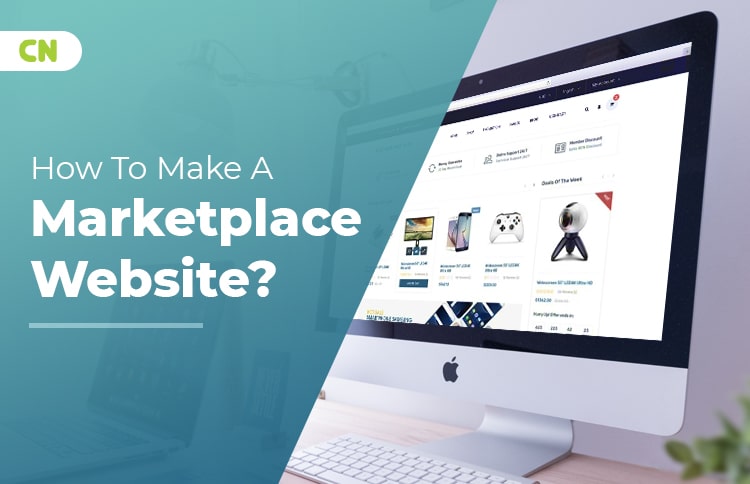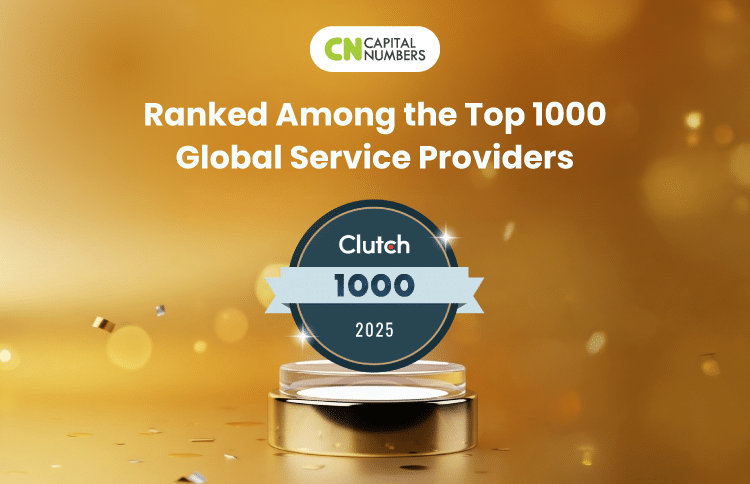How to Make a Marketplace Website?
Table of Contents
US shoppers racked up around $9.4 Billion in online sales during Cyber Monday in 2019, as per Adobe. At its peak, consumers had spent $12 Million per minute during this season. Looking at this record-breaking number, experts predicted that electronic commerce would be the leading retail channel worldwide in the future.
The growing digitalization and latest technologies are fast changing the online retail landscape.
For many, online marketplaces are Department Stores 2.0.
And we couldn’t agree more.
In an online marketplace, there’s real-time information about the products being sold to the customers. It has a much broader assortment of products than any department store.
If you’re thinking of shifting your business to a new level, consider developing an online marketplace.
But before that, take a look at the three broad categories of online marketplaces:
- Vertical – A vertical marketplace sells products from multiple vendors, but the products are usually of the same type. For example, Zillow is a platform that helps sellers list houses for rent. This online platform primarily serves the buyers and agents/brokers who want to buy and sell houses.
- Horizontal – A horizontal marketplace sells products of various categories but having a single characteristic. For example, Etsy sells only handmade items, but they belong to multiple categories such as bags, clothing, furniture, jewelry, etc.
- Global – Global marketplaces sell a broad array of products from multiple vendors under a single roof, for example, eBay. These marketplaces consolidate multiple segments such as food, apparel, toys, books, grocery, gadgets, etc., to cater to a broader customer base.
Depending on your target market, develop a digital marketplace that is built with relevant technology stacks.
A robust marketplace, developed by skilled coders with the right tech stacks, can get your projects off the ground and offer the most bang for the buck.
Here’s a table that gives you a sense of the tech stacks used for digital marketplaces:
Tech Stack for Online Marketplaces
| Frontend | Backend | Integrations |
| Angular | PHP / Python | S3 |
| ReactJS | Node.js | PayPal |
| Vue.JS | EC2 | Stripe |
| MySQL | Amazon SES | |
| Swagger | Twilio | |
| Express 4 | ||
| Sequelize |
The right tech stacks can accelerate your business transformation and deliver personalization at scale.
Key Features of an MVP Version
Start your marketplace development with an MVP version.
This is the basic version that comes with essential features, and it is easier to roll out in the market. You can get quick audience feedback and later add more sophisticated features for further enhancements.
Here are a few key features that you can implement while developing your MVP storefront:
- Homepage: This is the face of your storefront. Make sure it’s fantastic. Consider using filters on the homepage, such as location, price range, etc. Add a list of popular products on the homepage. This would help your users make a quick choice. Focus on the navigation so that users find what they are looking for within seconds.
- Registration/Authorization: While the homepage is the face of your marketplace, the registration is the door. Create a sign-up or a registration form on the homepage where your users can enter their names, email IDs, and passwords to access your marketplace. You can also add a social sign-up option to get your users to register via Google or Facebook.
- User Profile: Your marketplace must allow both the buyers and the sellers to create their profiles. Buyers should be able to manage their delivery address, payment method, passwords, email subscriptions, and order histories. Sellers should be able to manage their company names, phone numbers, addresses, testimonials, reviews, and ratings.
- Shopping Cart (for Buyers): Users must have the option to access the shopping cart to view price details, discounts, delivery locations, and payment options. They should easily view the list of items ordered and easily choose the checkout method (credit card, cash on delivery, net banking, etc.) to confirm the purchase.
- Add Listings (for Sellers): Sellers should be able to add new products, relevant photos, and descriptions. They should be able to easily change the product availability status to let the buyers know what’s in stock and what’s out of stock.
- Payout Management (for Sellers): Vendors or sellers should be able to check and view the amount earned or profits gained through sales. Therefore, your digital marketplace must have a payout management option to help sellers add, change, and manage the payout method.
- Product Details: Your marketplace must help sellers add product details such as pictures from multiple angles, technical specifications, quantity available, price, warranty, delivery dates, customer feedback, etc. This would help your buyers get in-depth information about the products displayed.
- Changing the Account Type: You can incorporate an option that would help buyers become sellers by merely changing the user’s account. Many marketplaces do not charge any extra fee for changing the account. Others charge a fee monthly, along with an additional selling charge.
- Admin Panel: Your online store must have an admin panel so that you can easily manage the sellers’ and the buyers’ accounts. An MVP admin panel includes:
- User management (i.e., users’ list, options for deleting or blocking users, account creation, etc.)
- Messages (i.e., getting and responding to messages from ‘Contact Us’ form)
- Products Management (i.e., edit options available for sellers to update new products)
A scalable MVP version, offering an intuitive UX/UI and fast page loads, can help you optimize sales. All you need is a reliable and skilled team of experts who can build a marketplace that’s high-performing and targets your niche.
But, what would it cost you to develop an online marketplace?
Well, an approximate cost of developing a marketplace with responsive design ranges between $25000 and $125000 approximately.
Here’s a list to give you a better idea:
-
- India: Around $25000
- USA: Around $125,000
- Central and Western Europe: Around $75,000
- Eastern Europe: Around $40,000
- Australia: Around $85,00
Do note that 72.9% of all purchases are likely to be through mobile devices in 2021, as per Statista. So, develop a marketplace with a responsive design so that your website renders well on multiple device sizes and screens.
Capital Numbers’ Technology Expertise
To develop a feature-rich marketplace with responsive designs, get expert guidance from our developers. We’ve created complex architectures that ensure maintainability and scalability.
We handpick relevant tech stacks and integrate advanced features into marketplace sites to get them up and running for our clients.
Our expertise in creating multi-vendor marketplaces along with maintenance solutions has helped our clients innovate and stand apart.
Our professionalism and quality designs have gotten us acknowledgment from our prestigious clients and stakeholders.
If you have a marketplace idea, but don’t know what’s next, contact us today.
We’ll provide you detailed information about marketplace development solutions that are unique and perfectly fits your budget.
Also, check out our portfolio to know more about our high-end solutions and agile development methods.















